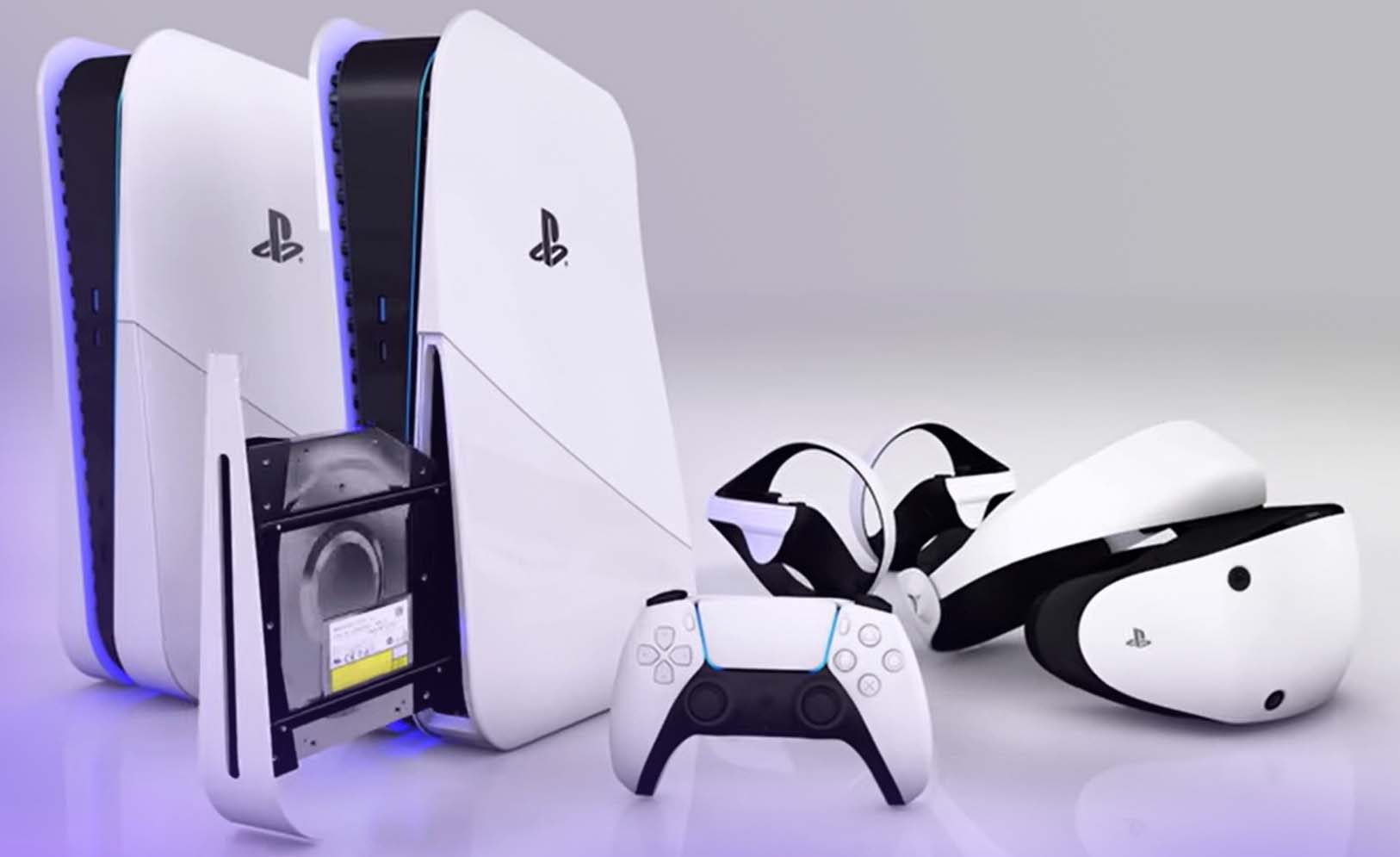Console gamers should improve their standards instead of console warnings
I was prompted to write this article by something humorous. Yesterday, IGN released a video showcasing the performance of Star Wars Jedi: Survivor. However, the game consistently ran below 60fps on both PS5 and Xbox Series X. Surprisingly, instead of focusing on this important issue, many console gamers and even “tech enthusiasts” began arguing about which console was better.

In the first world area, Coruscant, the PS5’s Performance Mode can drop to as low as 30fps during some cutscenes, which is a terrible performance. This issue should have been the primary focus because the game is broken on all platforms, not just on the PC version. On consoles, the game is rendered at a low resolution of 1152p and then upscaled via FSR 2.0 (Performance Mode), resulting in a blurry appearance. Ironically, PC gamers have the option to remove FSR 2.0 (which doesn’t look good in this game) and render the game at a higher resolution.
Instead of acknowledging the issue at hand, many people are celebrating the fact that the PS5 runs Star Wars Jedi: Survivor slightly better than the Xbox Series X. However, some “tech enthusiasts” are throwing around incorrect terminologies to explain why the PS5 outperforms the Xbox Series X in this game. For example, some believe that the PS5’s SSD hardware is responsible for its superior performance, which is not accurate. In reality, the PS5’s proprietary graphics/rendering API is the reason behind its better performance. Sony’s API has a lower CPU overhead than the DX12 API used by the Xbox Series X, which can explain why the PS5 performs better in CPU-bound scenarios. There is no magic sauce or special SSD decompression involved.
Furthermore, the media seems to be solely focusing on the PC version of the game, while ignoring the fact that the game is also problematic on consoles. While PC-focused gaming websites are addressing the issue, other media outlets are capitalizing on the buzz surrounding the game’s poor performance on PC for clicks. This approach is misleading, as it suggests that the console versions of the game are problem-free, which is not the case. Star Wars Jedi: Survivor runs just as poorly on consoles as it does on PC.
It’s amusing to see people with powerful PCs refunding the game just to purchase the PS5 or Xbox Series X version, even though these consoles offer similar framerates with significantly worse image quality. The console versions still suffer from traversal stutters, so why not just lock the PC version at 30fps if that’s the desired framerate? This can easily be done with Rivatuner.
In any case, console enthusiasts and gamers need to raise their standards. It’s 2023, and the “console war” mentality should be a thing of the past. Instead of trying to make their favorite platform sound superior, people should focus on improving overall gaming experiences. For example, we could say “The game runs flawlessly on our high-end PC, with a constant 60fps in the Koboh Outpost. PC gaming is the only platform that can offer this level of performance.” There’s no need to engage in pointless platform comparisons when we have objective data to support our claims.
The main point here is that instead of blindly defending a specific platform, gamers should demand higher standards for game optimization. It’s clear that Star Wars Jedi: Survivor is not running smoothly on any platform and that its high CPU requirements do not match its visual quality. The game’s issues are not exclusive to the PC version, as the console versions also suffer from poor optimization and visual quality. It’s important to differentiate between games that push current-gen platforms and games that simply run poorly due to optimization issues. By demanding better, gamers can push developers to deliver more polished and optimized titles.
It’s worth noting that the Ryzen 9 7950X3D may be able to run the game well, but this is simply due to brute force processing power. The game’s CPU requirements are unreasonably high, and it should be able to run smoothly on older CPUs. The visuals and physics of the game do not justify its high CPU requirements, and it falls short of what a current-gen game should look like. Instead of celebrating slight performance differences between platforms, gamers should demand more polished and optimized titles that run well on all platforms.






